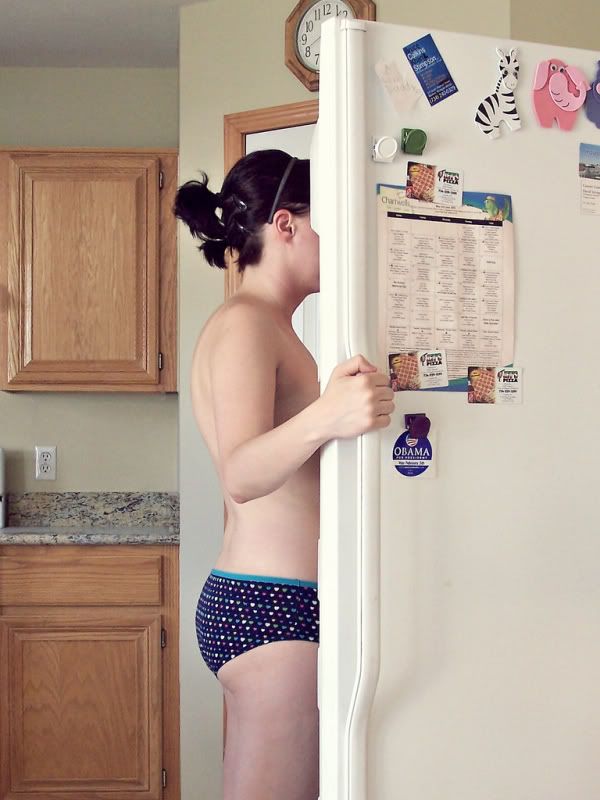And now we bring you something delightfully pretty.. and a ton of Cute.

Click on picture.
Hover on picture, click, enlarge.
Right click, Save As.
You're welcome.
Hover on picture, click, enlarge.
Right click, Save As.
You're welcome.
Wednesday, May 27, 2009 Jonette 2 Comments

Tuesday, May 26, 2009 Jonette 0 Comments

Hi, readers. If you just got here, I recommend first reading through the first entry in this series. Done? Good, glad you could join us.
Note: If you don't have a set idea of how you're going to pleat your skirt from the very start, go with gathering. It will save you a lot of grief and frustration in the long run.
You Will Need:
1) a skirt -- in my case, this would be the 26-inch wide, two-yard long piece of blue cloth
2) Some elastic garters, 1/2-inch wide at most,
3) scissors,
4) pins,
and 5) your trusty sewing machine.
The Steps:
1) Take your garter and measure it out to be as long as your waistline, plus one inch for overlapping. Cut it with your scissors.
2) Taking your pins, divide the length of the garter into four equal parts, pining at the ends of each quarter as you go. Mind the overlap bit! You will need this. Set aside.
3) Take the skirt this time, and using your pins, divide the entire length into four and pin at each quarter's end, just like what you did previously with your garter. The pins on the skirt are to be matched up with the pins on the garter by the power of science! Elastic science!
4) Lining up the first pin on the garter and the first pin on the skirt, begin sewing. (Safety tip! Don't sew over your pins! They may end up breaking, jamming up your machine or hurting you in some unspeakable manner. Just be careful to remove them from your sewing machine needle's path before it comes down on them.) Sew a few stitches to secure or lock the garter in, then streeeeeeeeeetch the garter so that the next pin on it meets up with the its corresponding pin on the skirt.
5) Repeat for the remaining pins until the entire length of the garter's sewn onto the skirt's waistline. It's going to need some arm power and endurance, but keep your stitches straight! Consider it good exercise too. :)


Friday, May 15, 2009 Jonette 0 Comments
Wednesday, May 13, 2009 Jonette 0 Comments
English teacher's note: Hello, dear students. Please ignore the above title as well as some captions in the proceeding pictures to be examples of the Queen's English. However, if you feel you are ready to "speek teh language of teh interwebz" (and god forbid you be consumed by it), I suggest you follow this finely-crafted link.
Now repeat after me: Ave, Caesar, morituri te salutant. Class dismissed.
 I used the cloth on the right. Cute set, eh? Not a bad deal at P80.00 per yard. that's about $1.60, or €1.23.)
I used the cloth on the right. Cute set, eh? Not a bad deal at P80.00 per yard. that's about $1.60, or €1.23.)
I know some of you may be going, well duh, of course you use a zipper foot for zipper work!, but I just want to say that while it is indeed possible to also use a regular sewing foot, don't expect your zipper job to come out even or neat. It also does not make an invisible zipper really "invisible", as a regular foot will always need a bit of space for the foot to pass. Visible invisible zipper? Do not want.
You will want to use a zipper foot for this because it can press down on the cloth and ensure the zipper is right on edge with zero wiggle room while sewing it deftly into place. No mess, no exposure, perfectly invisible as that pink-purple elephant behind you. Oh, didn't you know? ^_^*
2 Comments:
Care to leave a comment? I'd love to hear what's on your mind. :)